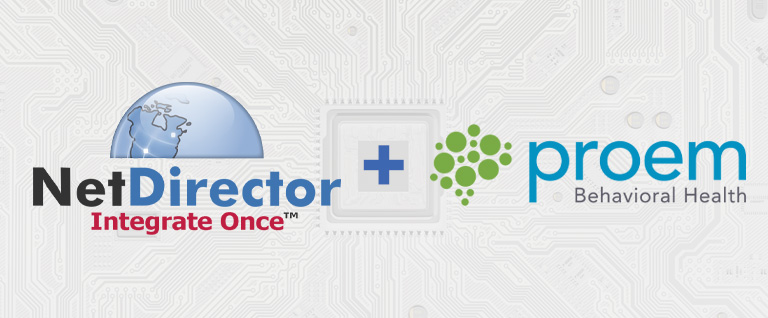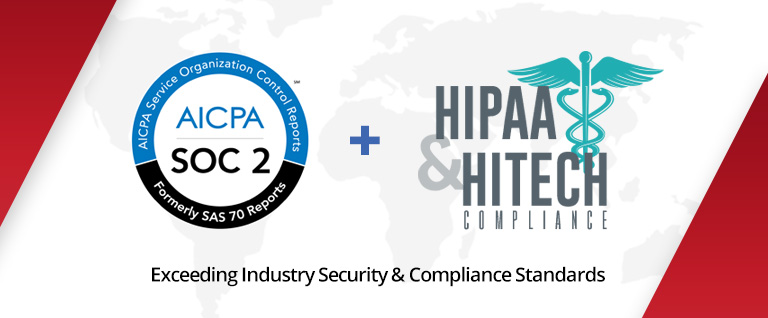The College of Healthcare Information Management Executives (CHIME) closed out 2016 with a cautionary message regarding future interoperability challenges. CHIME’s Board of Trustees raised concern over “persisting lack of interoperability among and across our disparate health system” in a December 16 letter to Centers for Medicare and Medicaid Services (CMS) Administrator Andy Slavitt.
While generally praising CMS for giving healthcare organizations more flexibility in the use of IT pursuant to new physician payment models, CHIME recommends a single set of standards to facilitate more seamless data exchange.
“We do not believe interoperability will become widespread without more uniformity in the use of health data standards,” the letter states. “A stronger state of interoperability facilitated by a uniform set of standards, including a national solution ensuring accurate patient identification, is our best hope for driving better care.”
Where things stand
At its highest level, “semantic interoperability” supports the electronic exchange of patient summary information among caregivers and other authorized parties via potentially distinct electronic health record (EHR) systems and other systems to improve healthcare delivery.
Progress is being made, argues Sam Weir, MD, lead informatics physician at UNC Health Care in North Carolina: “Physicians are increasingly working in large healthcare systems with relatively mature EHRs. These systems are working with their EHR vendors to implement the nationwide interoperability roadmap as quickly as they can.”
Nonetheless, that same trend favoring migration toward mainstream, integrated EHRs such as Epic Cerner and Allscripts may actually hinder longer-term interoperability success, according to Mike Restuccia, chief information officer at Penn Medicine. In the meantime, he agrees with the need for widely adopted and deployed semantic, data model and data definition standards.
Mario Hyland, the founder of IT consultancy Aegis, warns that interoperability obstacles are just starting to come to light — as in the case of hospitals using separate EHRs being able to exchange data until a software upgrade by one or both organizations causes an interface problem. He estimates that 35 to 40 percent of all visits result in an interoperability request, with achievement more likely to be “broken than solved.”
The path ahead
Former Apple CEO John Scully, who’s now chairman of pharmacy benefit management firm RxAdvance, and Humana CEO Bruce Broussard recently urged a push for disruption in healthcare through changes in behaviors, data analytics, interoperability and aligned incentives. They cite breakthroughs in the implementation of standards-based protocols such as Fast Healthcare Interoperability Resources (FHIR) in support of healthcare alliance efforts. The executives also point to data exchange between payers and providers enabling real-time, proactive alerts to the prescribing physicians to prevent drug-drug interactions or other potentially harmful outcomes.
Interoperability in such forms will lead to a more holistic approach to patient care, they predict, with mobile devices and other technology combining with data analytics to open up a deeper level of personalization.
NetDirector factors into this discussion as a proven disrupter in the area of healthcare data exchange — especially one-to-many integration that allows for ease of adoption and quick implementation. That approach allows providers to focus on patients care with confidence that technology such as NetDirector’s cloud-based HealthData Exchange will seamlessly handle the movement of clinical and financial data among disparate systems, and deliver it when and where needed.
For more information, please contact us or request a free demo.




